-
Fish Bowls In Art
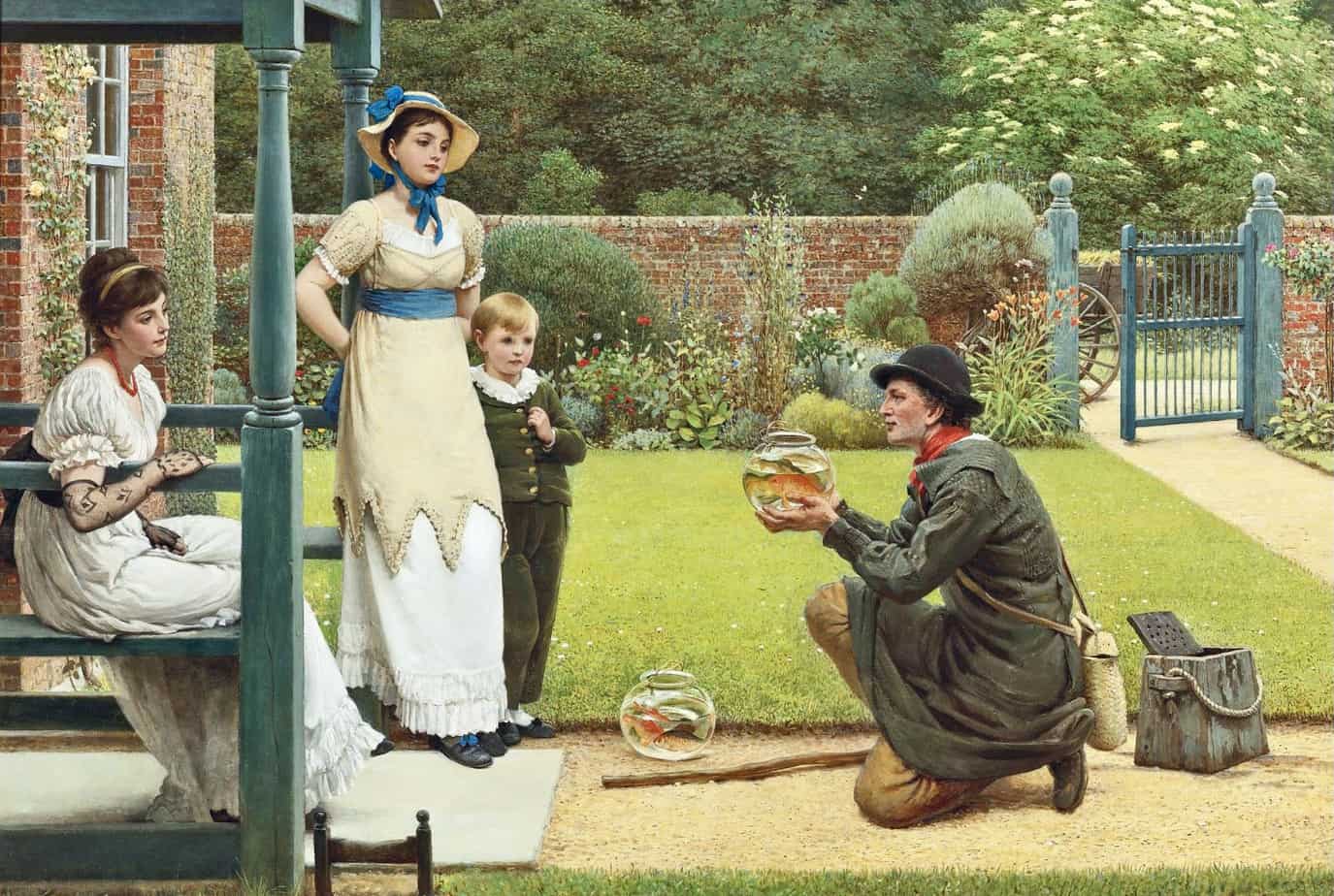
The fishbowl is a common symbol of surveillance, as is a glass house. For house cats, the fish bowl is a miniature version of the pond or lake — domestic version.
-
What do birds symbolize in literature?
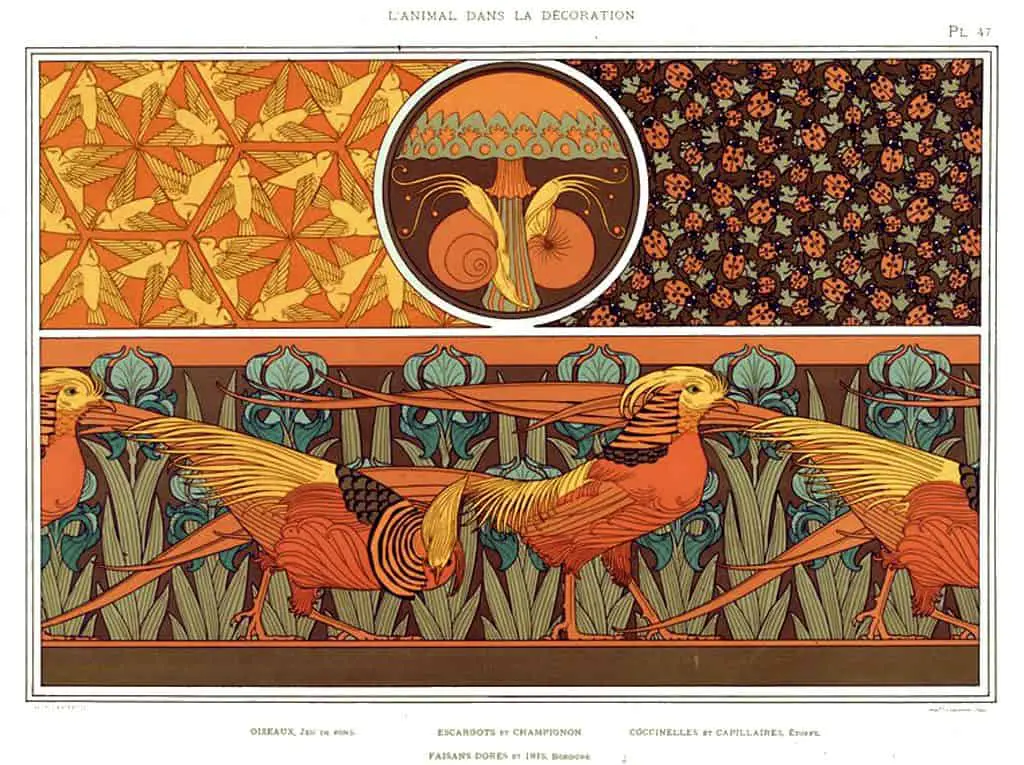
Birds are much older than we are — living dinosaurs. Across cultures, birds function as smart collaborators with humans. We now know how smart (some) birds really are, but we have long had a sense of their canniness. The smartest bird in the world is currently thought to be the New Zealand Kea, which isn’t so great if you live…
-
Owl At Home by Arnold Lobel Analysis
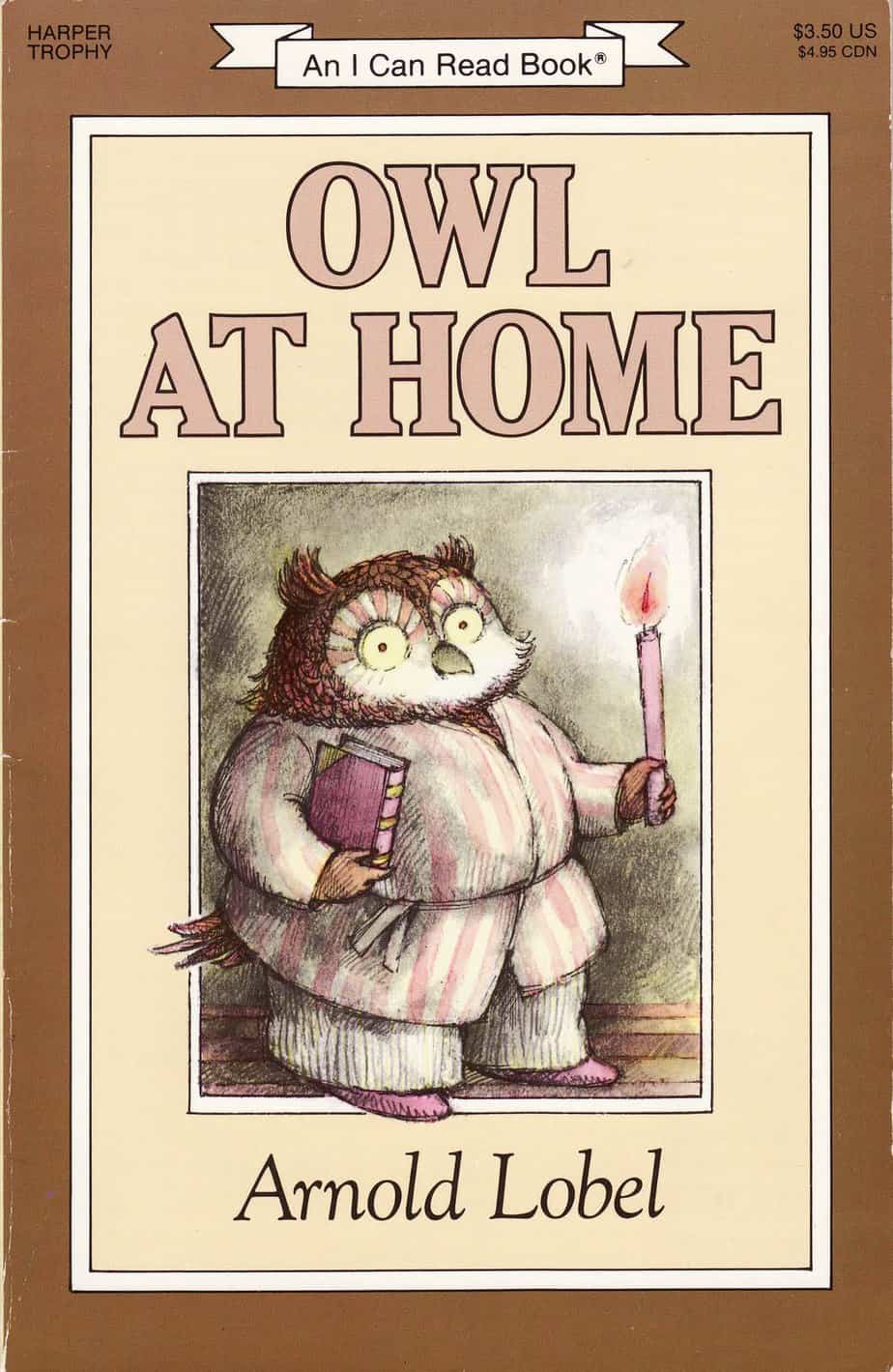
Owl At Home is a 1975 picture book written and illustrated by Arnold Lobel. The book comprises five very short early reader stories about a kind, anxious and lonely owl. These owl stories, along with the frog and toad stories come from the second phase of Lobel’s creative career, in which he tapped into his […]
-
Amos and Boris by William Steig Analysis
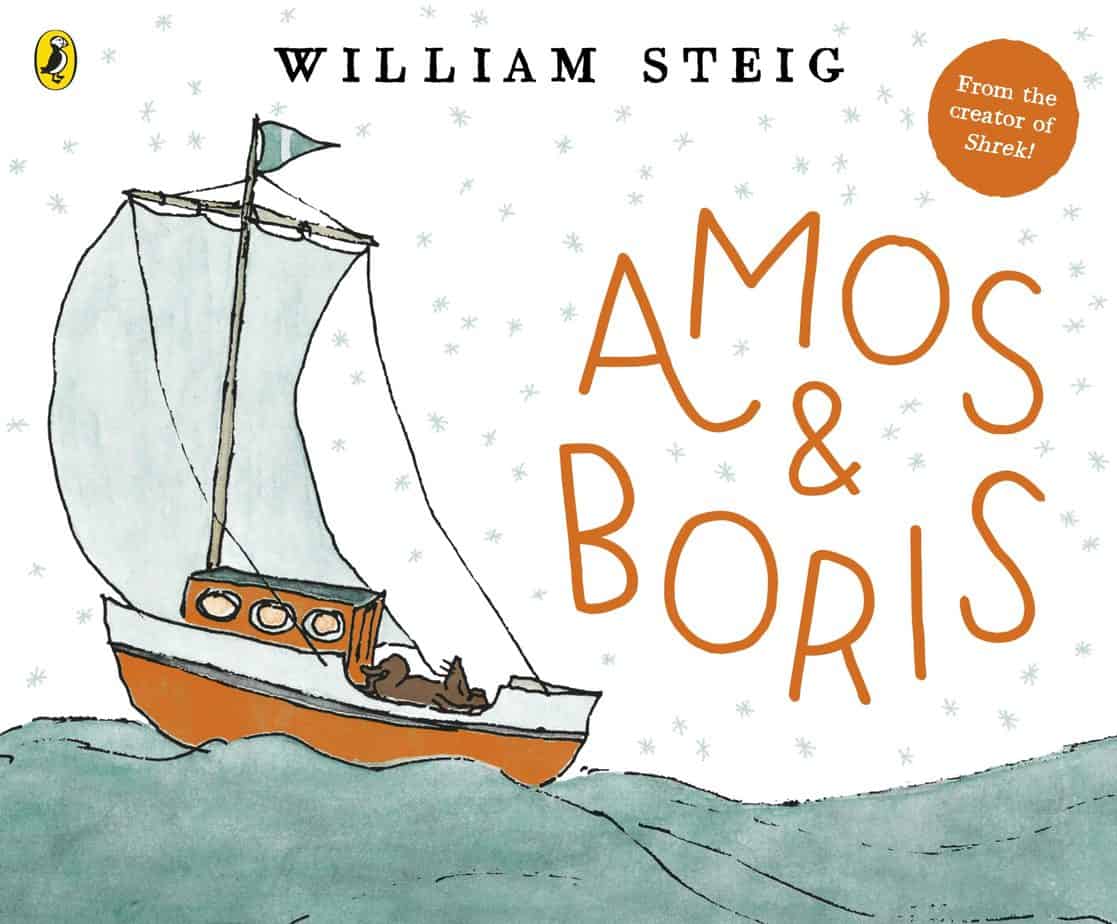
Some picture books have an Aesop fable at their base. Amos and Boris is one such picture book, written and illustrated by William Steig (1971).
-
Foxes In Children’s Literature
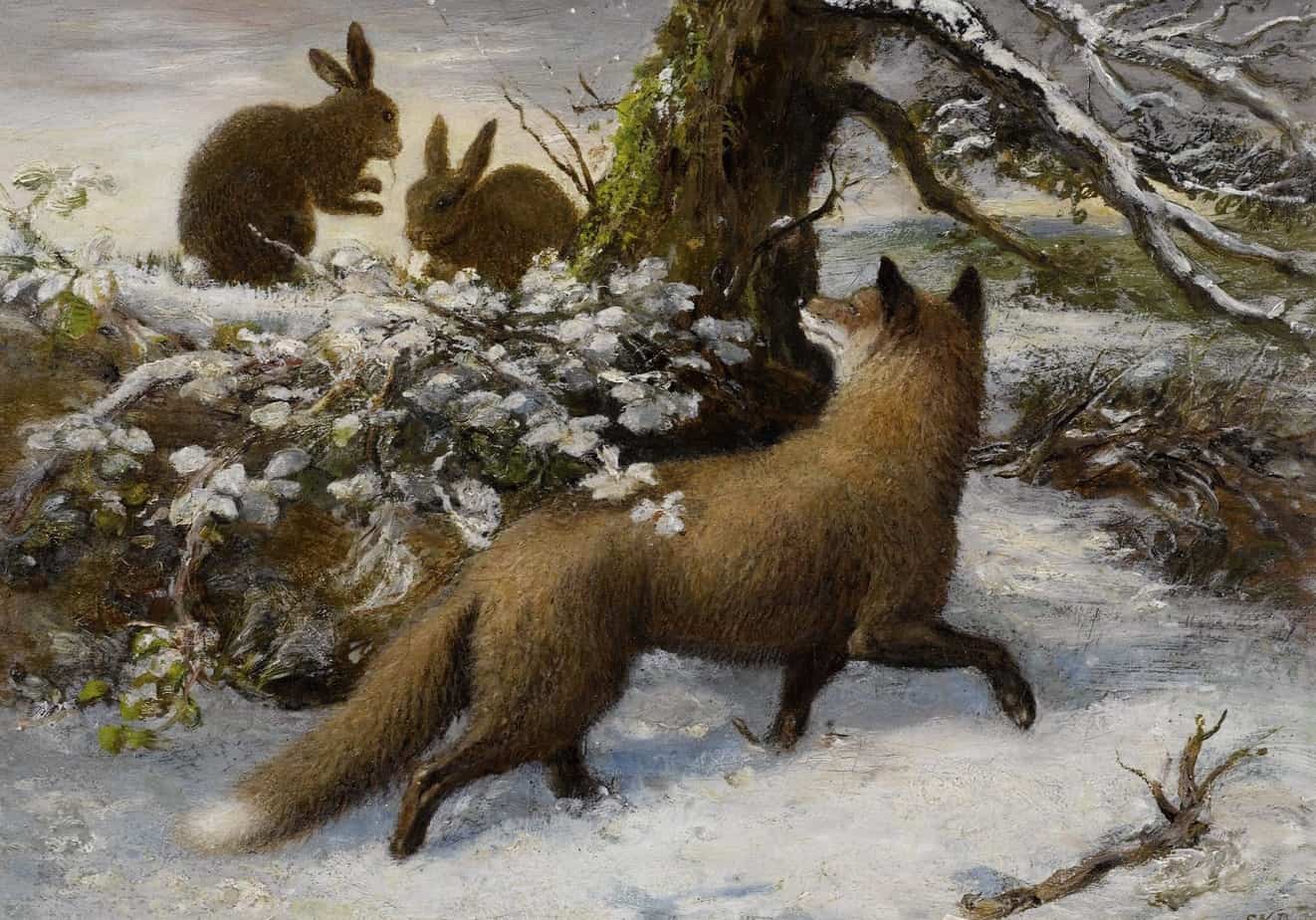
A fox is a wolf who sends flowers. Ruth Weston FOXES IN FOLKTALES These summaries are from Baughman’s Type and Motif Index of the Folktales of England and North America by Ernest Warren Baughman, 1966. Read through these story summaries and you’ll get a good idea of how coats have been used throughout history. Can you see patterns? Arthur […]
-
The Story Of The Kind Wolf by Wilkon and Nickl Analysis
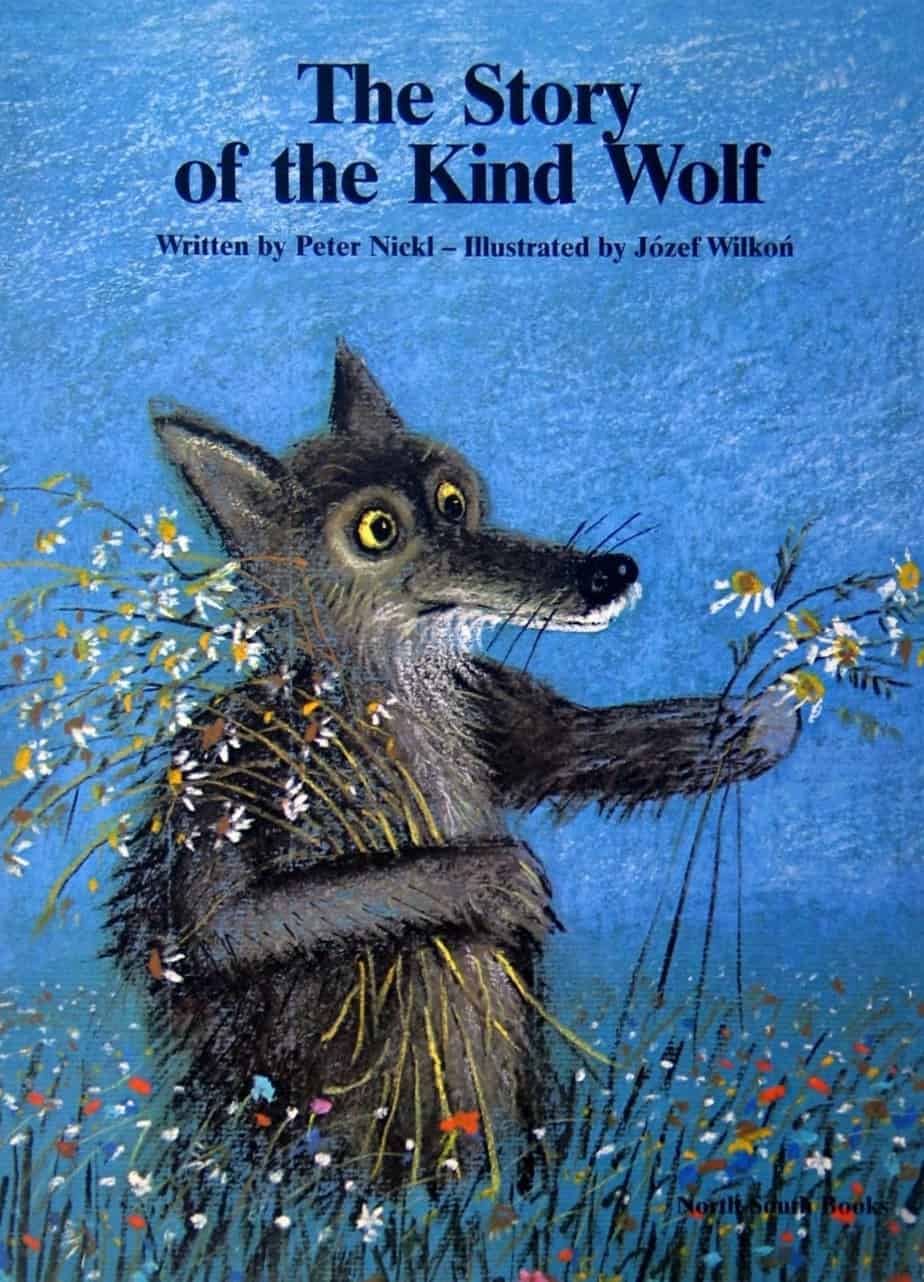
“The Story Of The Kind Wolf” is a 1982 picture book by Jozef Wilkon, illustrated by Peter Nickl and translated into English by Marion Koenig. The story is now out of print and hard to find. This is a Tawny Scrawny Lion plot, and very much of its time. This was the era of the […]
-
Blueberries For Sal by Robert McCloskey (1948)
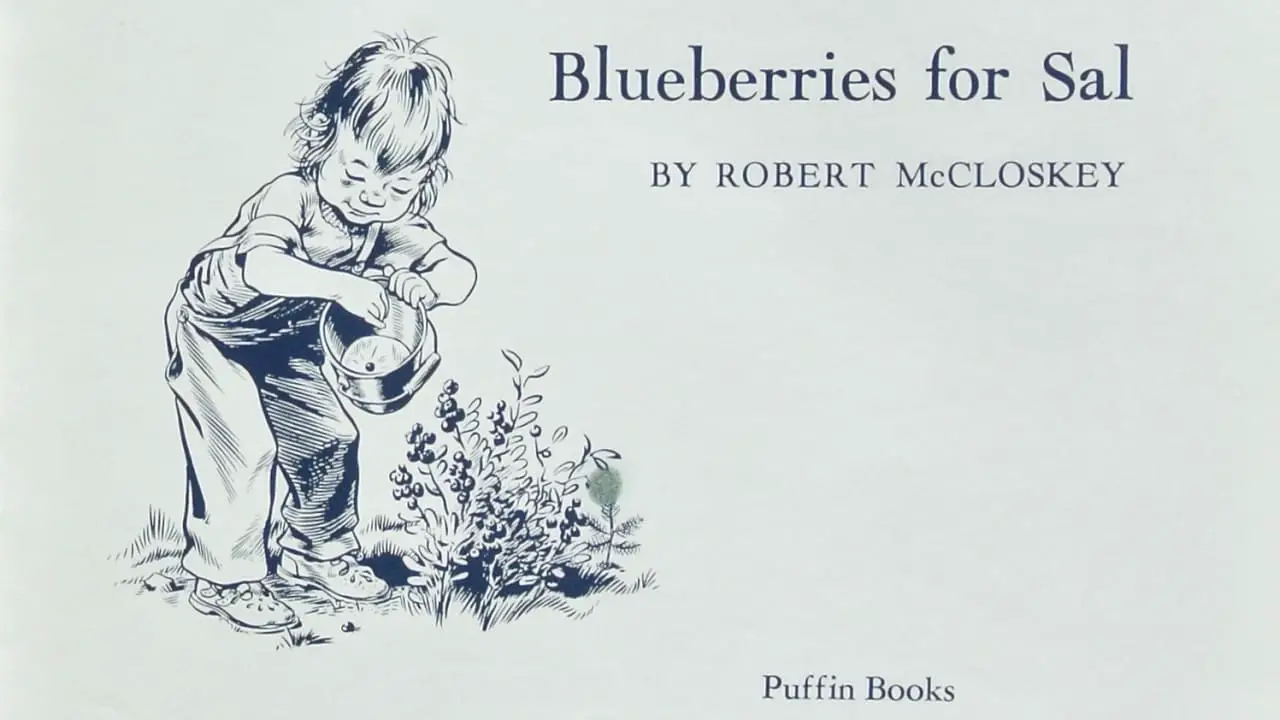
Blueberries For Sal (1948) is a picture book written and illustrated by Robert McCloskey, also well-known for Make Way For Ducklings. Both stories are thrillers for the preschool set, especially this one. In fact, I’m about to try and convince you that Blueberries For Sal is the inspiration behind Cormac McCarthy’s No Country For Old […]
-
I Am Not A Fox by Wolf and Groenink Analysis
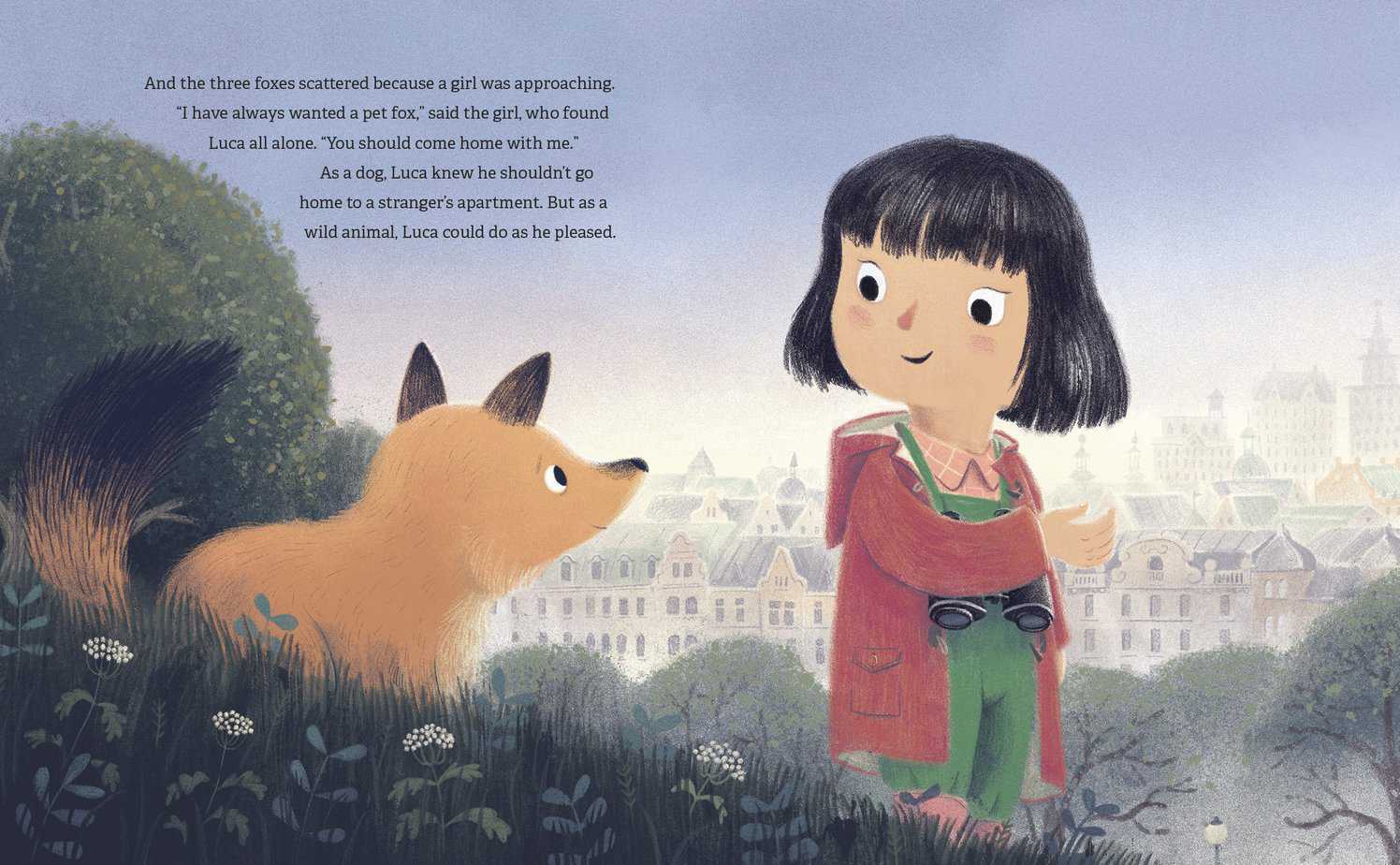
I Am Not A Fox is a picture book written by Karina Wolf and illustrated by Chuck Groenink. If you’ve ever read “The Ugly Duckling” and thought, “hmm, that message has problems”, then this one might be for you.
-
Scaredy Squirrel At The Beach by Melanie Watt Analysis
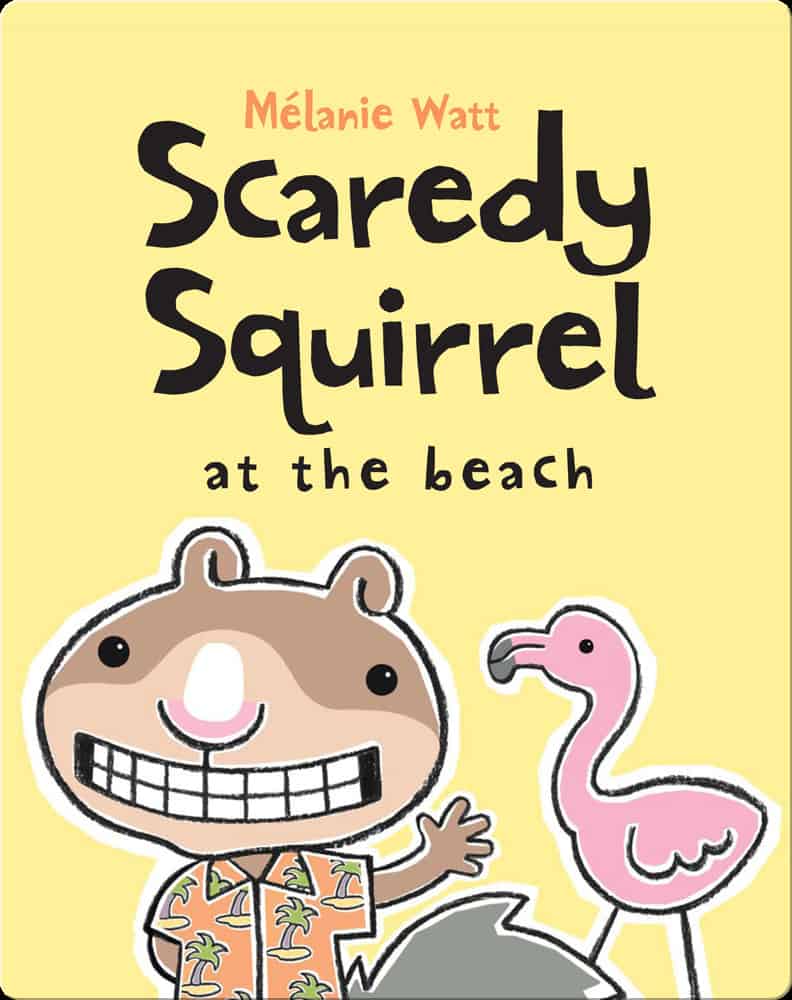
Scaredy Squirrel At The Beach (2008) by Mélanie Watt is the third picture book in a series starring an anxious squirrel who deals with his fears.
-
Frog Goes to Dinner by Mercer Mayer 1974 Analysis
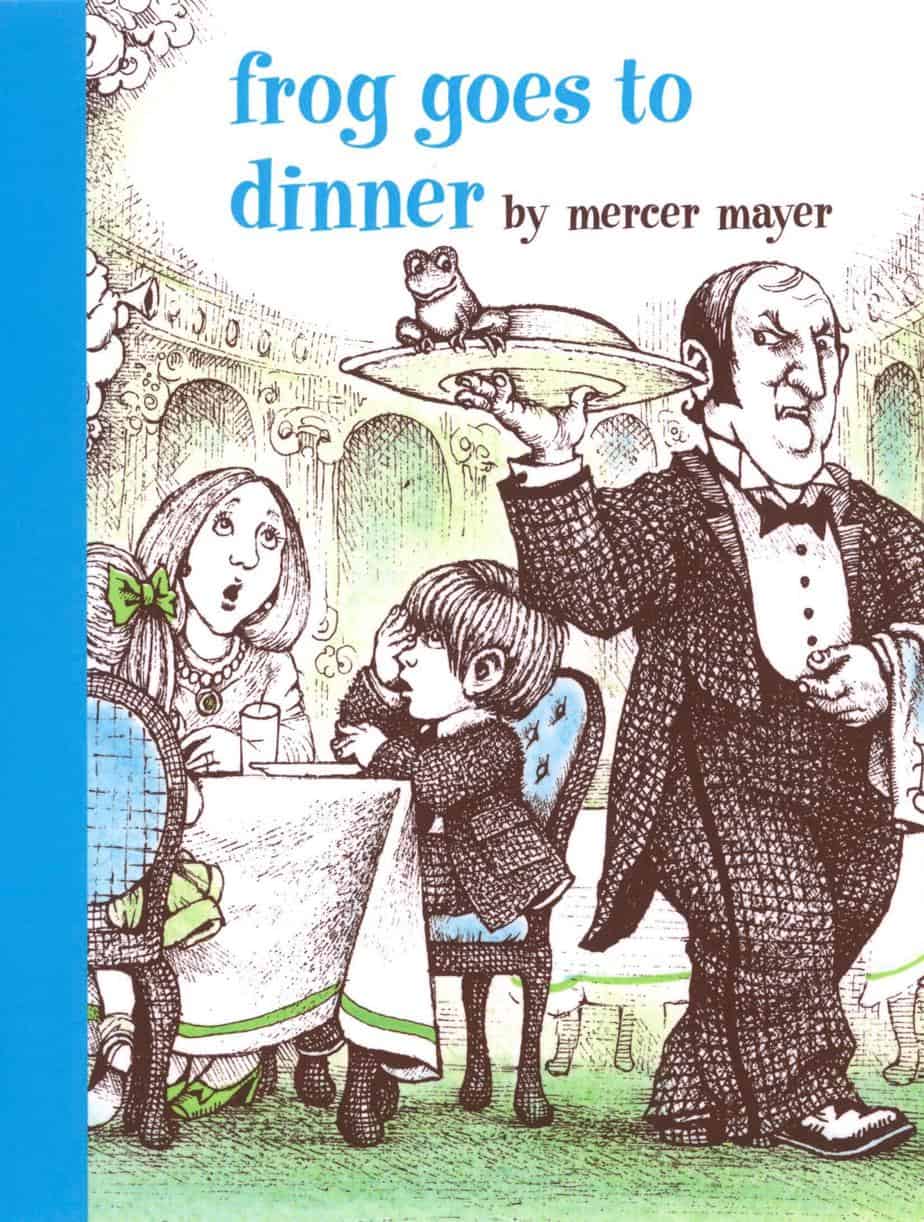
Frog Goes To Dinner (1974) is a wordless carnivalesque picture book by American author/illustrator Mercer Mayer, and the fifth in a series about a boy and his beloved frog. Wordless picture books are perhaps the most emotionally affecting, because they work with us at a deeper level. Frog Goes To Dinner works on an emotional […]
-
The Cat At Night by Dahlov Ipcar (1969)
The Cat At Night is a picture book written and illustrated by Amrican Dahlov Ipcar (1969). Like many children’s authors and illustrators, she lived a long life (1917-2017).
-
Tight Times by Shook Hazen and Schart Hyman Analysis
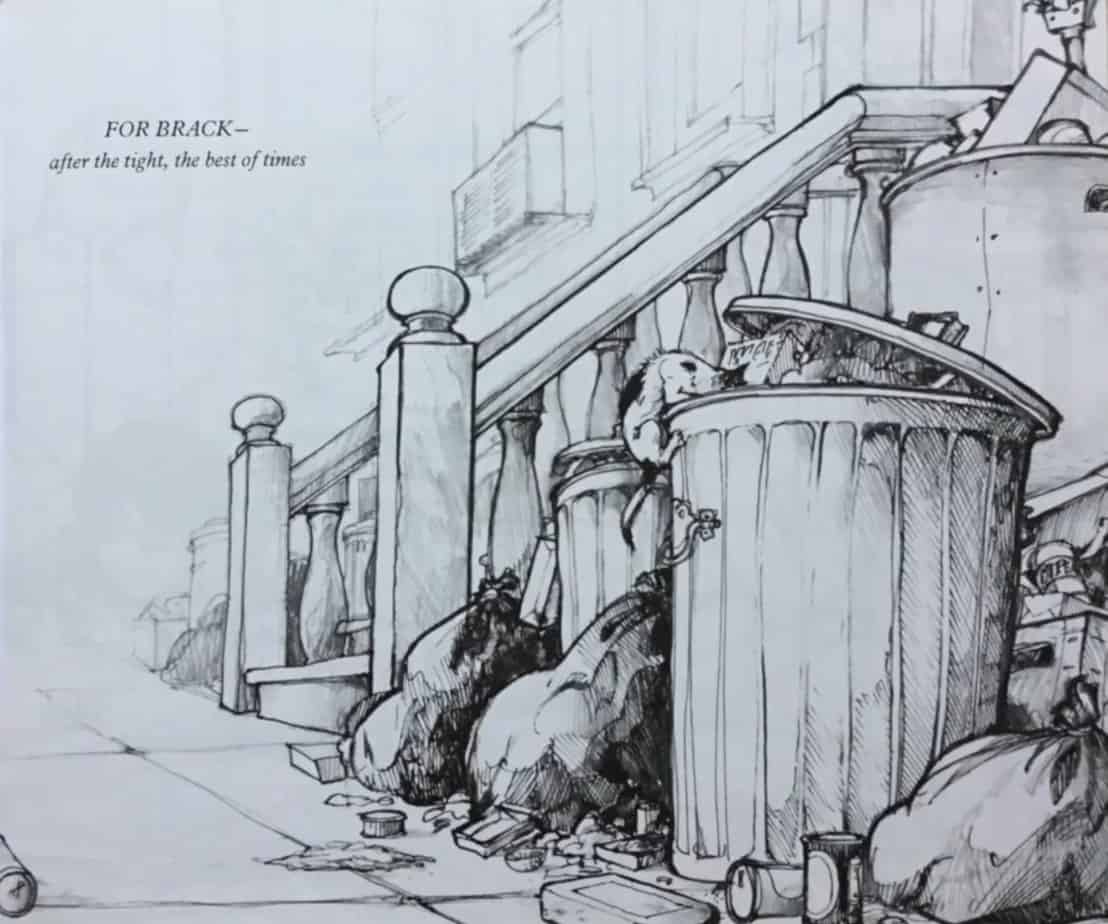
Tight Times (1979) is an American picture book written by Barbara Shook Hazen and illustrated in graphite pencil by Trina Schart Hyman. Tight Times also happens to be the first ever picture book read by LeVar Burton on America’s Reading Rainbow series back in 1983. I can see why they chose it. This short picture […]
-
Ferdinand The Bull Picture Book by Leaf and Lawson Analysis
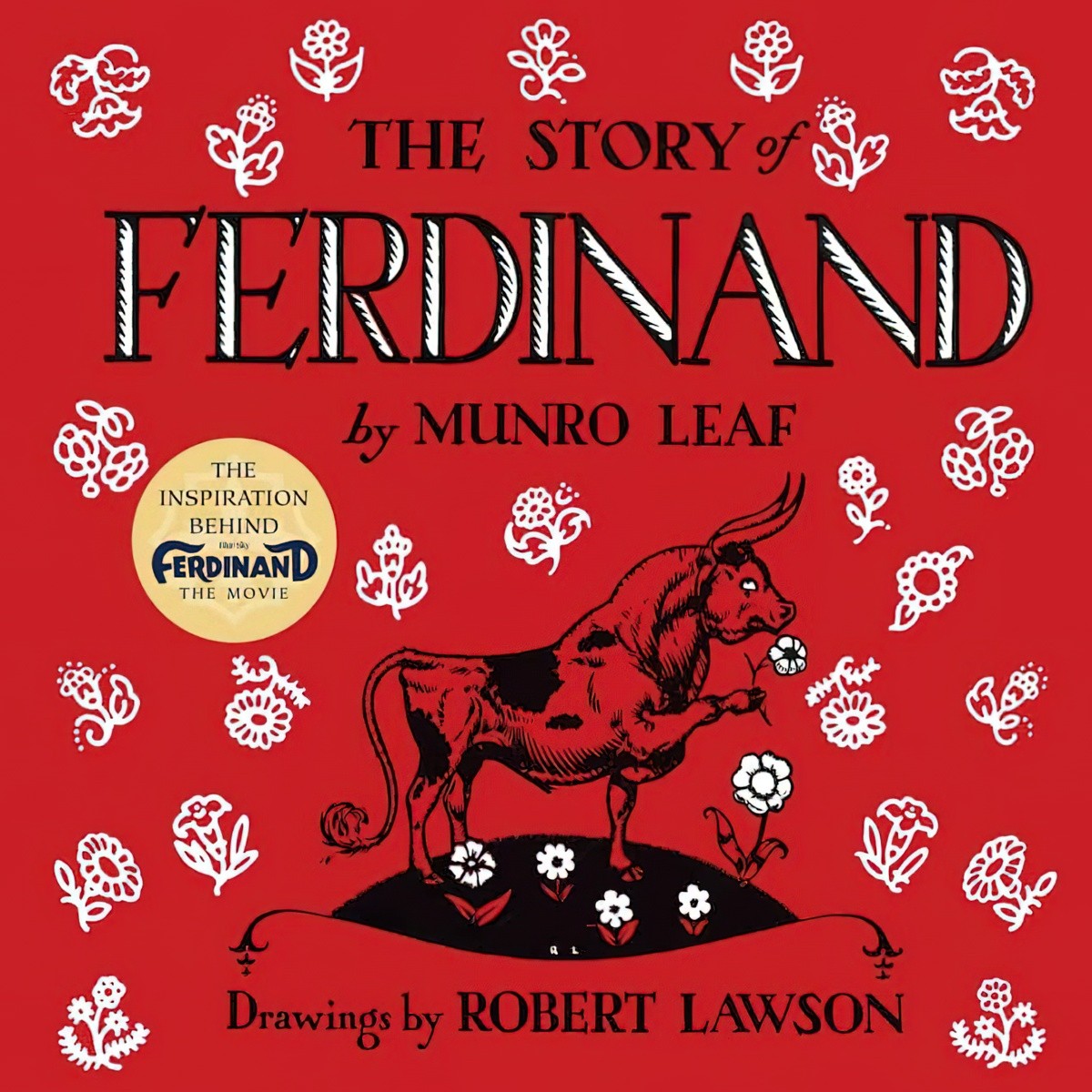
remarkable to a contemporary audience, but this picture book is significant for Lawson’s early use of cinematic perspectives. Picture books were influenced by motion pictures and photography in a wide variety of ways. Ferdinand the Bull is a standout example of a picture book which would have looked quite different had the audiences not been visually literate due to movies.…
-
Gaston by DiPucchio and Robinson Analysis
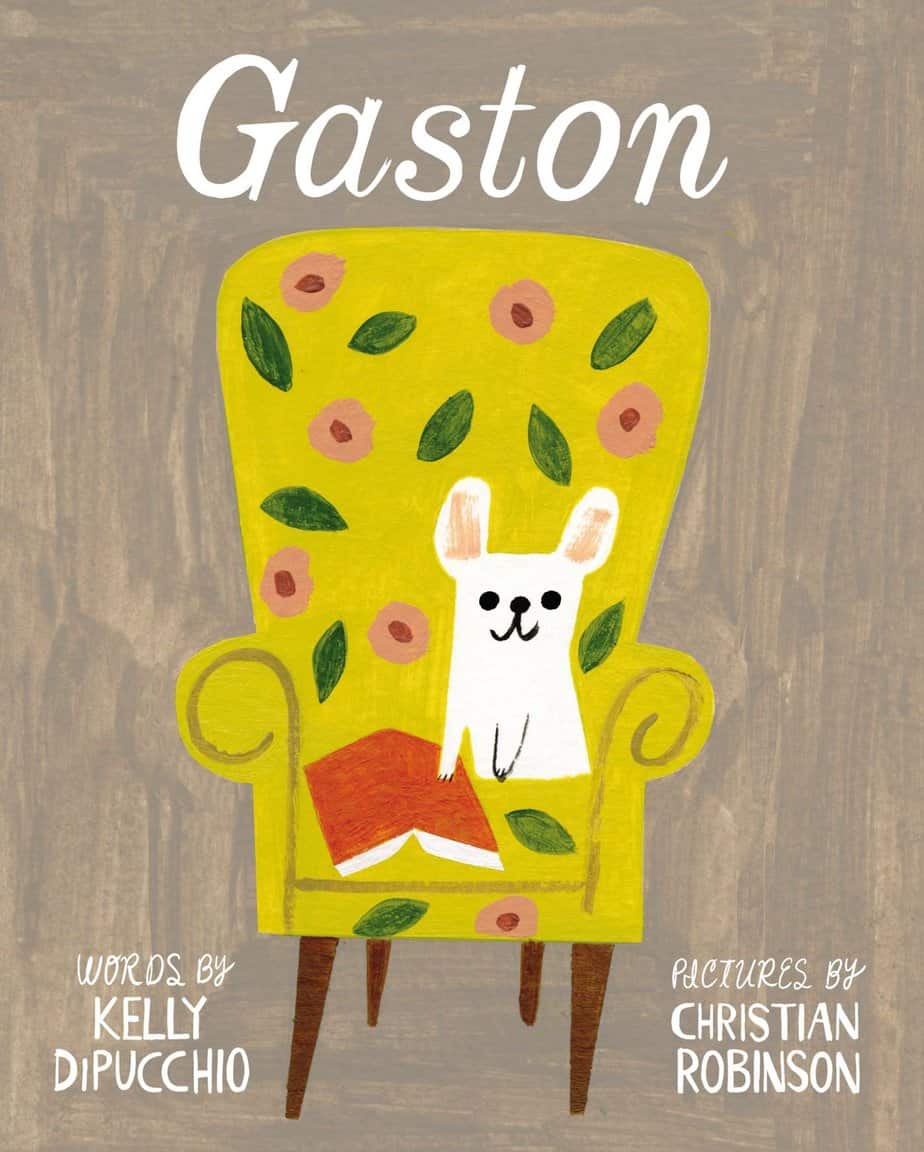
Gaston is a picture book written by Kelly DiPucchio and illustrated in beautiful naive style by Christian Robinson. The colour palette is gorgeous. I liken Gaston to another popular contemporary picture book: Drew Daywalt’s The Day The Crayons Quit. The plots are not at all similar, but they share the same ideological problems, intending to […]
-
Creepy Carrots by Reynolds and Brown Analysis
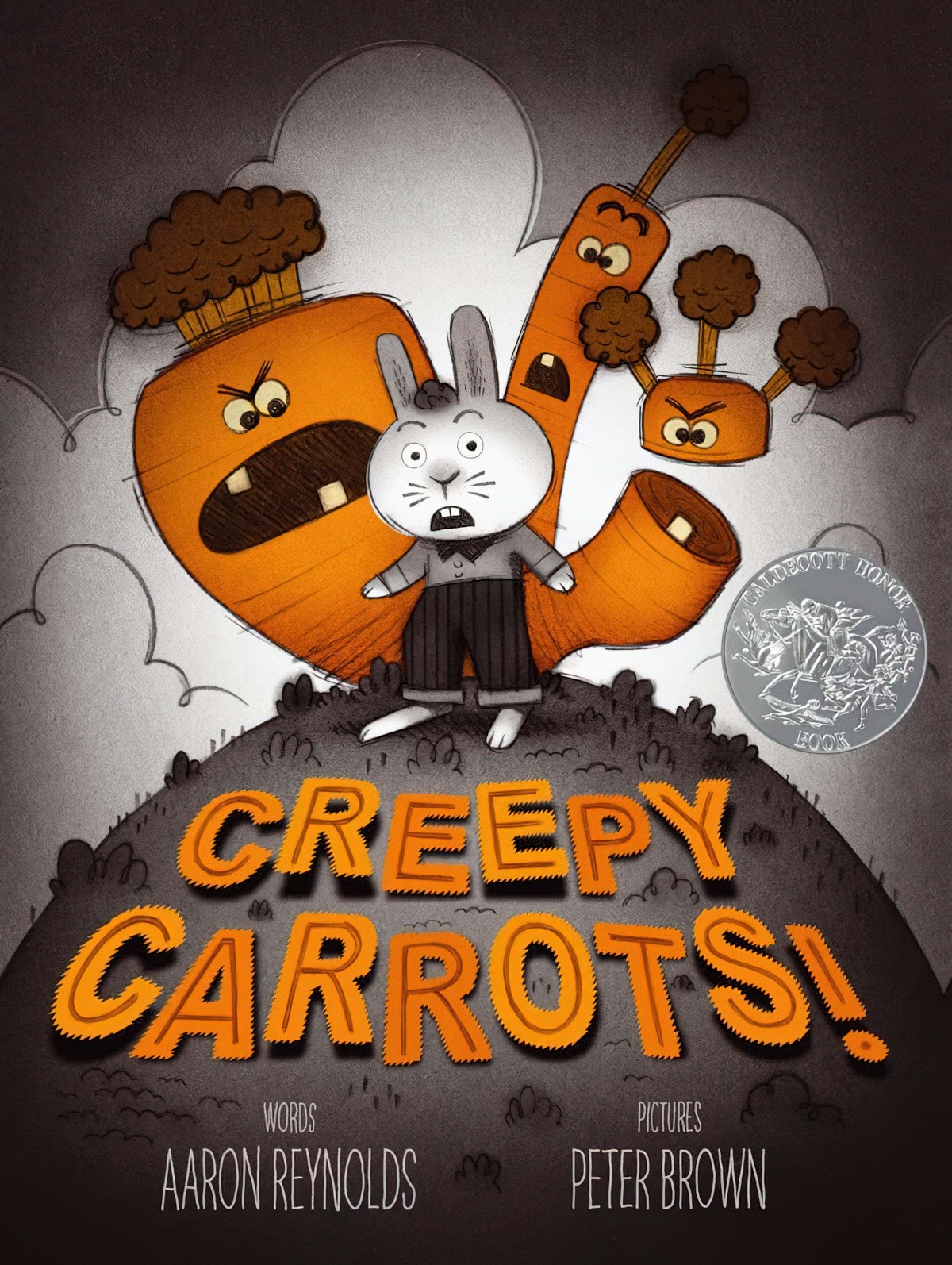
Creepy Carrots (2012) is a picture book written by Aaron Reynolds and illustrated by Peter Brown. For anyone wondering how to create a scary book for the very young reader without keeping them awake all night, this book is our masterclass in the horror-comedy blend. First of all, the story is about carrots — a […]